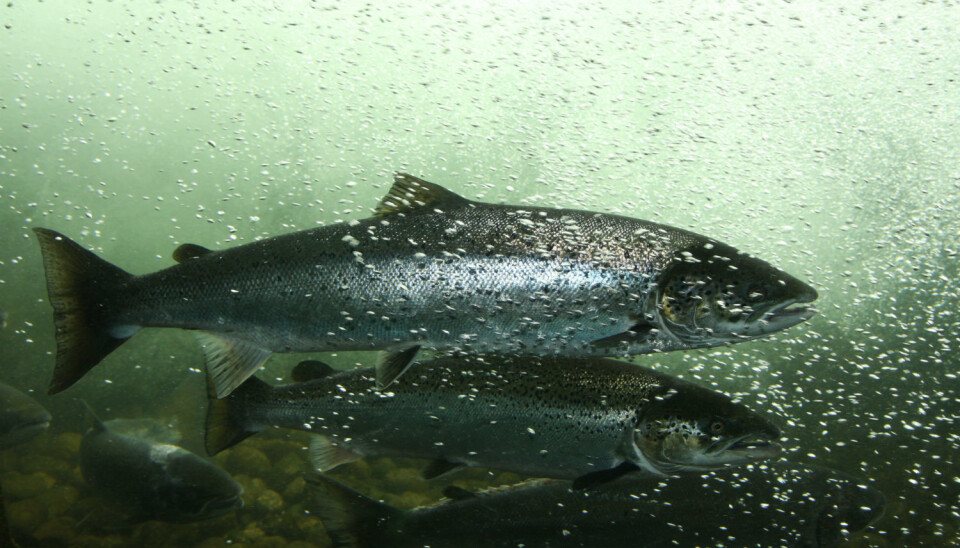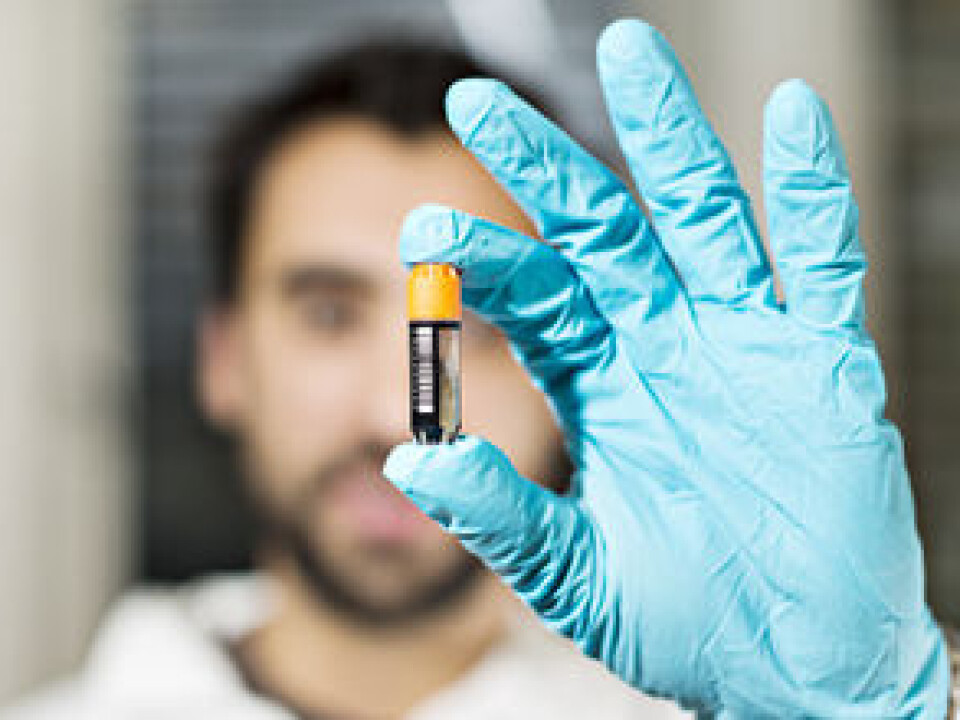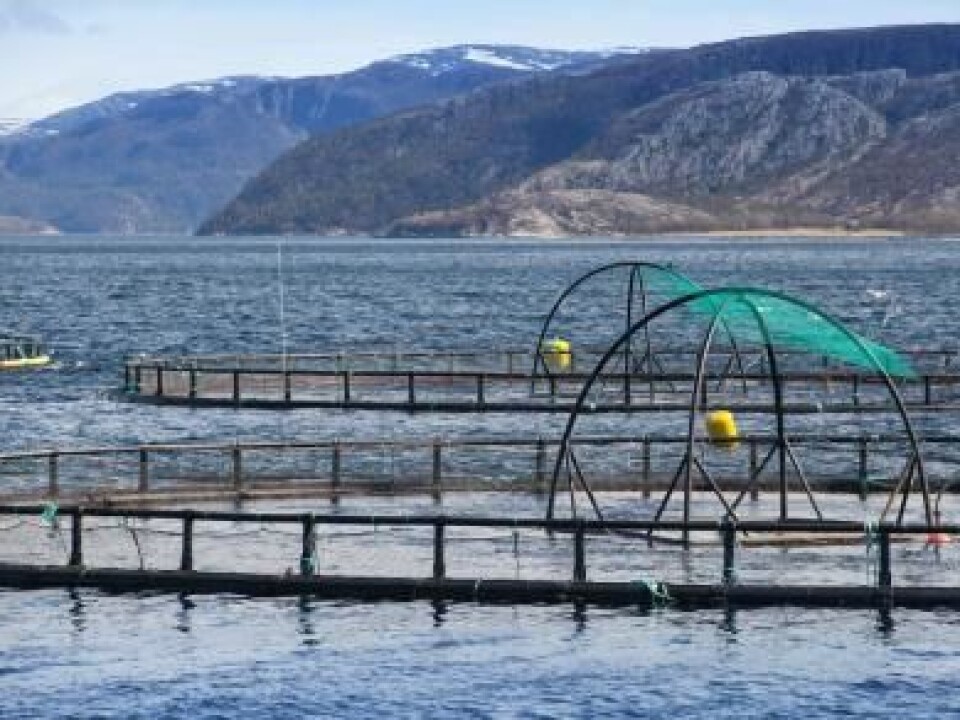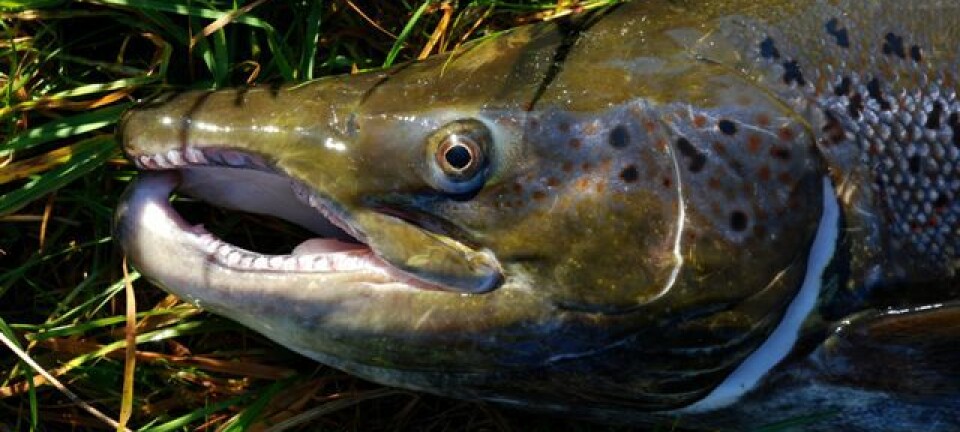This article was produced and financed by Nofima The Norwegian Institute of Food, Fisheries and Aquaculture Research

New DNA test for escaped salmon
Scientists have developed a new DNA test for escaped salmon that makes it easy to track down the responsible fish farm.
Denne artikkelen er over ti år gammel og kan inneholde utdatert informasjon.
Escaped salmon from fish farms are considered to be a major problem since they present a threat for the wild salmon populations.
It is therefore on the researchers agenda to find ways to efficiently connect the escaped fish to it’s farm.
“The advantage of this tracing system is that only the parents of the production fish need to be tested,” says Celeste Jacq at the Norwegian food research institute Nofima.
Jacq has developed and validated the new DNA test together with colleague Matthew Baranski.
The parents

By taking samples of the parent fish, which counts about 30-40,000 fish at the roe producers, the scientists obtain an overview of the DNA profile of 350 million farmed salmon – the total number of salmon currently in Norwegian cages.
Every fish has a unique DNA fingerprint, and by using the marker set, the scientists can link an offspring back to the parent fish.
Nofima has used the set of markers in several tests of farmed fish with known pedigree, and have confirmed that they have found the correct parents of each individual farmed fish. They have also taken tests of wild fish, and these tests have confirmed the results – they did not match the DNA of the parents of the farmed fish.
By allowing a certificate of traceability to accompany the roe via the hatchery to the sea-based fish farm, the scientists also have a complete overview of where the offspring grow up.

When an escaped farmed salmon is found in the river, only a DNA analysis of this particular salmon is required in order to find out which fish farm it comes from.
Trace in time and space
DNA markers have been used for several years to identify escaped farmed salmon.
Nevertheless, with this DNA test, the fish may be traced in terms of both time and space.
The set of markers may also be used to avoid crossbreeding of siblings in stock enhancement programmes in rivers in order to minimize inbreeding.
Jacq believes DNA tracing must be used in combination with marking that is physically visible such as adipose fin clipping of all production fish. This would enable someone to distinguish a farmed fish from a wild fish on the riverbank before any DNA test is taken.

































